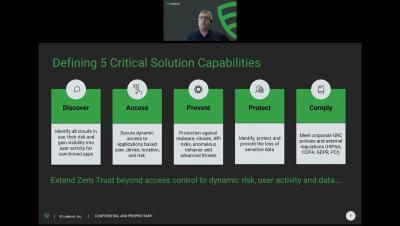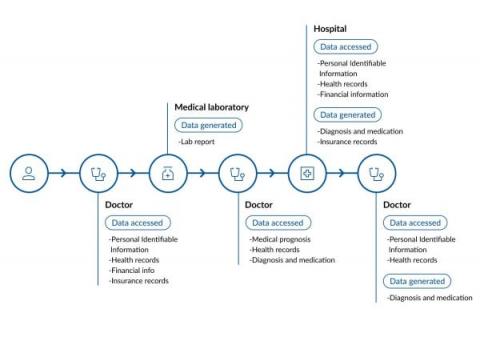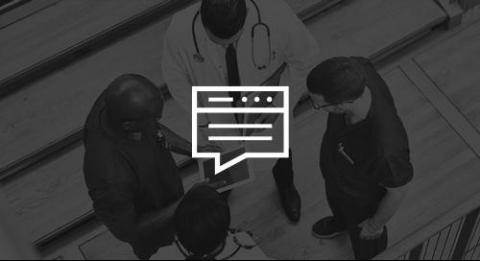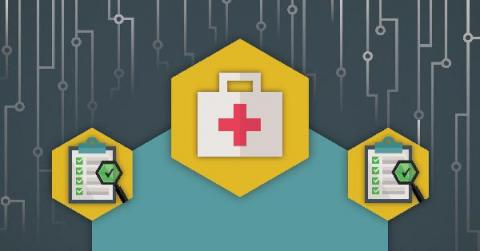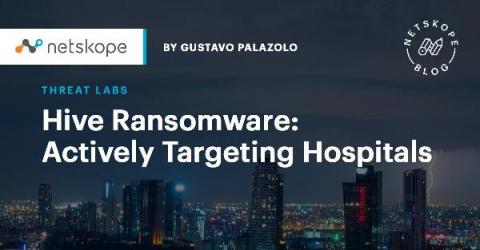Security | Threat Detection | Cyberattacks | DevSecOps | Compliance
Healthcare
Regulatory Compliance in Healthcare
Every day healthcare providers must undertake the nerve-racking task of complying with an increasing number of healthcare regulations. According to one report, the healthcare industry spends nearly $39 billion every year on the administrative burdens of regulatory compliance. Today healthcare organizations must comply with more than 600 regulatory requirements.
Big Data challenges in tele-healthcare
Covid-19 pushed the boundaries of both healthcare and technology providers, and nudged people to finally embrace telehealth services. In fact, telehealth has proven to be the next frontier for the healthcare industry as it minimizes the need for in-person patient, clinic, or hospital visits which prevents overwhelming our healthcare systems. A McKinsey report shared that the use of telehealth in the US in 2021 surged 38 times compared to pre-pandemic levels.
A Simplified Regulatory Checklist for Healthcare Organizations
The healthcare industry is a veritable honeypot for cybercrime, replete with vast amounts of sensitive digital information that expands in number and scope daily, including personal medical data and payment card details. This data is increasingly attractive to hackers, particularly those using ransomware to lock out organizations and hold onto sensitive information until the organization pays up.
The Top 6 Cybersecurity Challenges in the Healthcare Industry
The healthcare industry has always been an appealing target for cybercriminals. From high-value patient data to a low tolerance for downtime that could disrupt patient care, cybercriminals continue to find ways to take advantage of healthcare cybersecurity practices. In recent years, the healthcare industry has seen a 55% increase in cybersecurity threats, turning attacks on healthcare providers into a $13.2 billion industry and making it a gold mine for cybercriminals.
How to Map HIPAA to ISO 27001
The Health Insurance Portability and Accountability Act (HIPAA) of 1996 is a U.S. federal law meant to protect sensitive electronic protected health information (ePHI). Every healthcare organization (“covered entity”) must comply with its two fundamental rules. In 2013, the U.S. Department of Health and Human Services (HHS) passed the HIPAA Omnibus Final Rule, which expanded compliance requirements to the business associates that also handle ePHI on behalf of covered entities.
8 Ways to Secure the Internet of Medical Things (IoMT)
Connected devices offer healthcare providers ways to remotely monitor patient health. Additionally, hospitals use these devices for enhanced patient care, including medication delivery and vitals monitoring. However, malicious actors often use unsecured IoMT as part of their attack methodologies.
Hive Ransomware: Actively Targeting Hospitals
Most ransomware groups operating in the RaaS (Ransomware-as-a-Service) model have an internal code of ethics that includes avoiding breaching some specific sectors, such as hospitals or critical infrastructure, thus avoiding great harm to society and consequently drawing less attention from law enforcement.
Confidently deliver HIPAA compliance software with Sysdig Secure
HIPAA compliance law, the Health Insurance Portability and Accountability Act in long form, is one of the compliance standards the public and private healthcare companies need to address for building and maintaining public trust in telemedicine. During the COVID-19 pandemic, telemedicine has been the solution to withstand the excess influx to hospitals and health centers, avoiding unnecessary exposure of patients.
What are the Four Factors of a HIPAA Breach Risk Assessment?
Modern technology allows the easy collection and distribution of personally identifiable information — and concerns about the unintended distribution of that personal data have led to a wave of data privacy laws around the world. The U.S. Health Insurance Portability and Accountability Act (HIPAA) is one such law, and imposes strict rules on how hospitals, healthcare businesses, and other “covered entities” handle personal health information (PHI).


